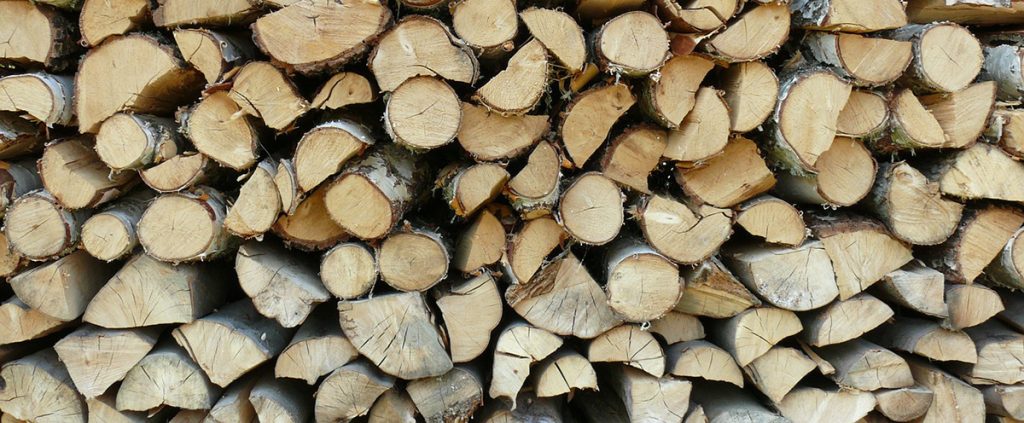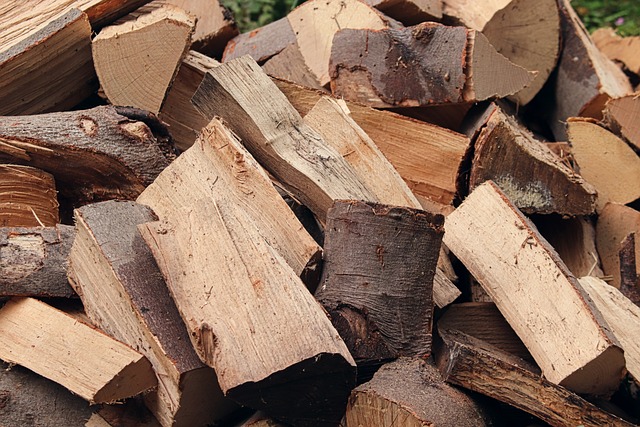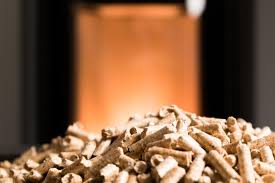Storing firewood efficiently can significantly enhance its burning efficiency and longevity, ensuring that you get the most out of your investment. Whether you use firewood for heating your home during the colder months or for enjoying outdoor gatherings around a fire pit, knowing how to properly store firewood is essential. This guide will walk you through the necessary steps and precautions to take in order to maximize the lifespan and quality of your firewood.
Choose the Right Location
The first step to properly store firewood is selecting an appropriate storage location. It’s important to choose a spot that is dry and has good air circulation to prevent the wood from retaining moisture, which can lead to rot and make the wood less efficient for burning. Ideally, choose a location that is not directly on the ground. This can be achieved by placing the firewood on a raised platform or pallets. This elevation prevents ground moisture from seeping into the wood and allows air to circulate beneath the stack.
Firewood Properly Firewood Stacked

How you stack your firewood plays a crucial role in its preservation. Proper stacking ensures that air circulates throughout the pile, which is vital for drying out the wood and preventing mold and fungus growth. When stacking, make sure that the wood is placed loosely enough to allow air to pass through, yet compactly enough to maintain a stable structure. The most traditional method is to stack the firewood in alternating layers, with each layer perpendicular to the one below it, creating a sturdy and aerated structure.
Keep It Covered
To properly store firewood and shield it from the elements, it is advisable to cover the top of the stack with a waterproof material, such as a tarp or a specially designed firewood cover. However, avoid covering the sides of the stack completely. This can trap humidity around the wood from rain or ground moisture, which defeats the purpose of air drying the wood. The goal is to protect the wood from rain and snow while still allowing air to circulate freely around it.
Allow for Proper Seasoning
Seasoning refers to the process of allowing wood to dry until its moisture content is reduced to about 20 percent, which can take from six months to a year depending on the type of wood and local climate conditions. To properly store firewood for seasoning, ensure it’s cut to length before stacking and split, if possible. Smaller pieces of wood dry out more quickly and evenly. Proper seasoning is crucial because it directly impacts how well the firewood burns. Well-seasoned wood produces more heat and less smoke compared to its unseasoned or moist counterparts.
Regular Maintenance
Maintaining your firewood storage area is key to ensure that the wood remains in good condition. This includes periodically checking the wood for signs of mold or pests and restacking any pieces that may have fallen or shifted to maintain good air circulation. It is also wise to rotate the stock, using the oldest wood first to keep the pile from aging unevenly. This helps in managing the quality of the firewood and ensures that it remains ready to burn when you need it.
Consider the Quantity
When planning how to properly store firewood, consider how much wood you’ll need throughout the season. Storing too much firewood can lead to some of it sitting unused for long periods, which can increase the risk of moisture absorption and pest infestation. On the other hand, storing too little can leave you unprepared for colder months. Estimate your needs based on previous usage, and adjust accordingly.
Protect Against Pests
To protect your firewood from pests, store it away from your home and trim any grass or vegetation around the storage area. This discourages pests from making their home in your firewood pile. Additionally, consider using a base of gravel or sand under your storage area, which can help deter ants and other ground pests from climbing up into the wood.
Final Thoughts on How to Properly Store Firewood
Properly storing firewood is not just about keeping it dry; it’s about ensuring it is ready and efficient for use when you need it. By following these guidelines on how to properly store firewood, you can enhance your firewood’s burn quality, reduce waste, and enjoy the warmth and comfort it provides during the cold seasons. Whether it’s for heating your home or fueling a campfire, well-stored firewood makes all the difference.






